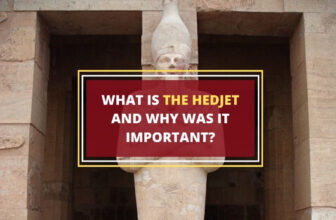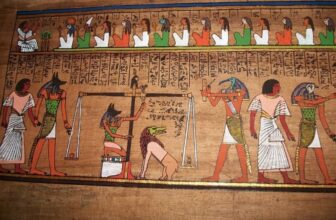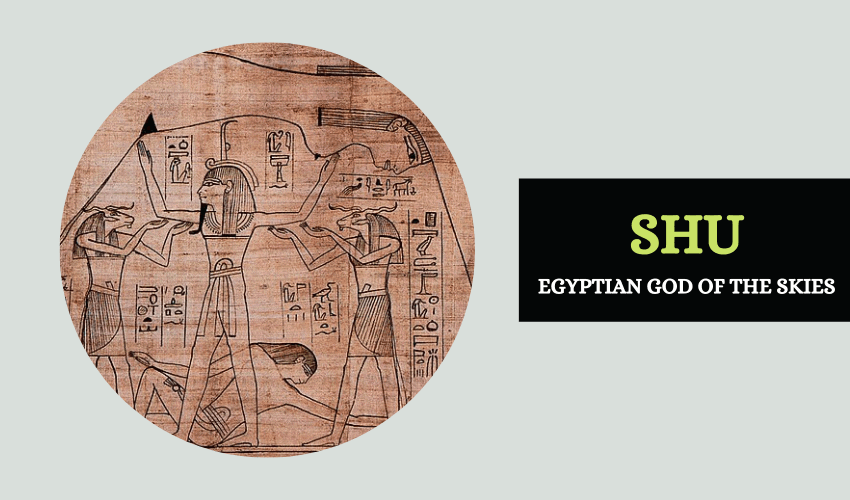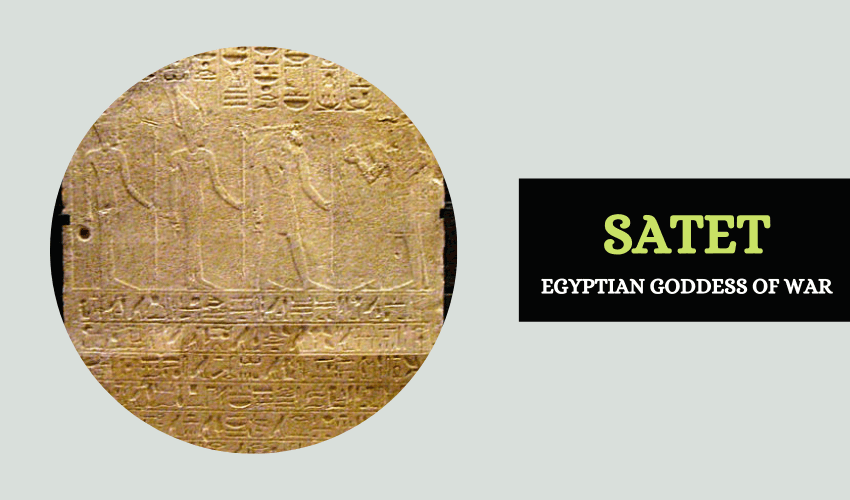
In Egyptian mythology, Satet was a goddess associated with hunting, archery, war and fertility. She was worshipped as a guardian of her people and her country. Here’s a closer look at who Satet was, and her role as a member of the Egyptian pantheon.
Table of Contents
Who Was Satet?
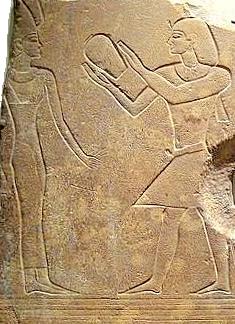
Satet was an Upper Egyptian goddess, born to Ra, the ancient Egyptian sun god. She was of Southern origin and became famous as the goddess of war and hunting.
Satet was known by many names, but the exact pronunciation of these names isn’t always clear, since vowels weren’t recorded in ancient Egypt until much later. Her names include the following:
- Setis
- Sati
- Setet
- Satet
- Satit
- Sathit
All these variations were derived from the word ‘sat’ which means to ‘shoot’, ‘pour’, ‘eject’ or ‘throw’, and so has been translated in different ways as ‘She who Pours’ or ‘She who Shoots’. This relates to her role as an archer-goddess. One of Satet’s epithets is ‘She Who Runs (or shoots) Like an Arrow’, a title which could refer to the current of the Nile.
Satet’s original partner was Montu, the Theban falcon god, but she was later the consort of Khnum, the god of the source of the Nile. With Khnum, Satet had a child called Anuket or Anukis, who became the goddess of the Nile. Together, the three of them formed the Elephantine Triad.
Satet is usually depicted as a woman dressed in a sheath gown, with the horns of an antelope, wearing the conical crown of Upper Egypt, known as the hedjet, adorned with horns or plumes and also frequently an uraeus. She’s sometimes portrayed with a bow and arrows in her hands, holding the ankh (symbol of life) and was scepter (symbol of power), carrying water jars or with a star on her head. She’s also often depicted as an antelope.
Satet’s Role in Egyptian Mythology
Since Satet was a warrior goddess, she had the responsibility of protecting the Pharaoh as well as the southern borders of Egypt. According to the myths, she guarded the southern Nubian frontier of Ancient Egypt by using her bow and arrows to kill the pharaoh’s enemies as they came near.
As the goddess of fertility, Satet helped those who searched for love, by granting them their wishes. She was also responsible for purifying the dead with water brought from the underworld. The Pyramid Texts mention that she used the water from the underworld to purify the Pharaoh.
Satet’s most important role was as the goddess of innundation which stipulates that she caused the flooding of the River Nile every year. The story goes that Isis, the mother goddess, shed a single tear every year on the same night and Satet would catch it and pour it into the Nile. This tear brought about the inundation. Therefore, Satet was closely linked with the star ‘Sothis’ (Sirius) which could be seen in the sky before the inundation each year, marking the start of the flood season.
As the daughter of Ra, Satet also performed her duties as the Eye of Ra, the feminine counterpart to the sun god and a powerful and violent force that subdues all of Ra’s enemies.
Worship of Satet
Satet was worshipped throughout the Upper Egypt and the Aswan area, especially on Setet Island which was said to have been named after her. Ancient Egyptian mythology claimed that this area was the source of the Nile and thus Satet became associated with the river and especially its inundation. Her name, however, is first attested in certain religious items dug up in Saqqara, suggesting that she was already known in Lower Egypt by the Old Kingdom. She remained a highly popular goddess throughout the history of Egypt and also had a temple dedicated to her in Elephantine. The temple became one of the principle shrines in Egypt.
Symbols of Satet
Satet’s symbols were the running river and the arrow. These refer to her associations with the flooding of the Nile as well as war and archery.
The ankh, a famous Egyptian symbol of life, is also considered as one of her symbols since the goddess was associated with the life-giving inundation (the flooding of the River Nile).
For the ancient Egyptians, the Nile was the source of life, as it provided food, water, and fertile soil for crops. The flooding of the Nile would deposit the silt and mud required for crops. Taken in this light, Satet was an important deity who was linked to the most important aspect of the Nile – its inundation.
In Brief
Although Satet was the goddess of archery, she had many other roles and responsibilities. She was an important figure in Egyptian mythology, connected to the annual flooding of the Nile and to the protection of the Pharaoh and the country.




